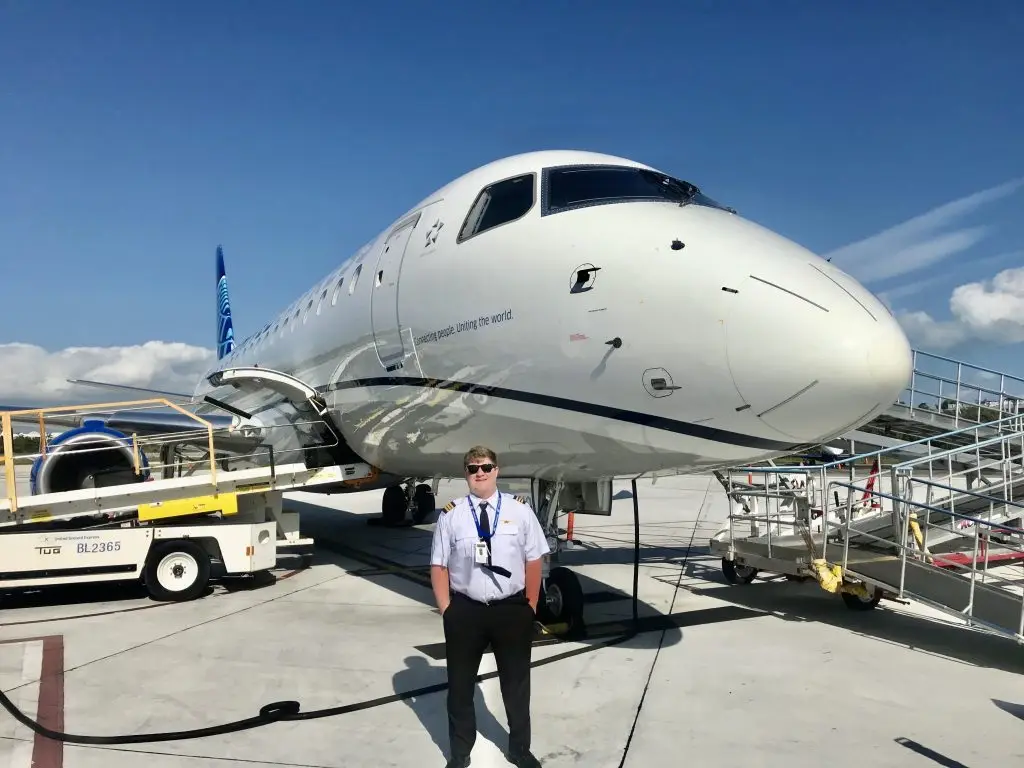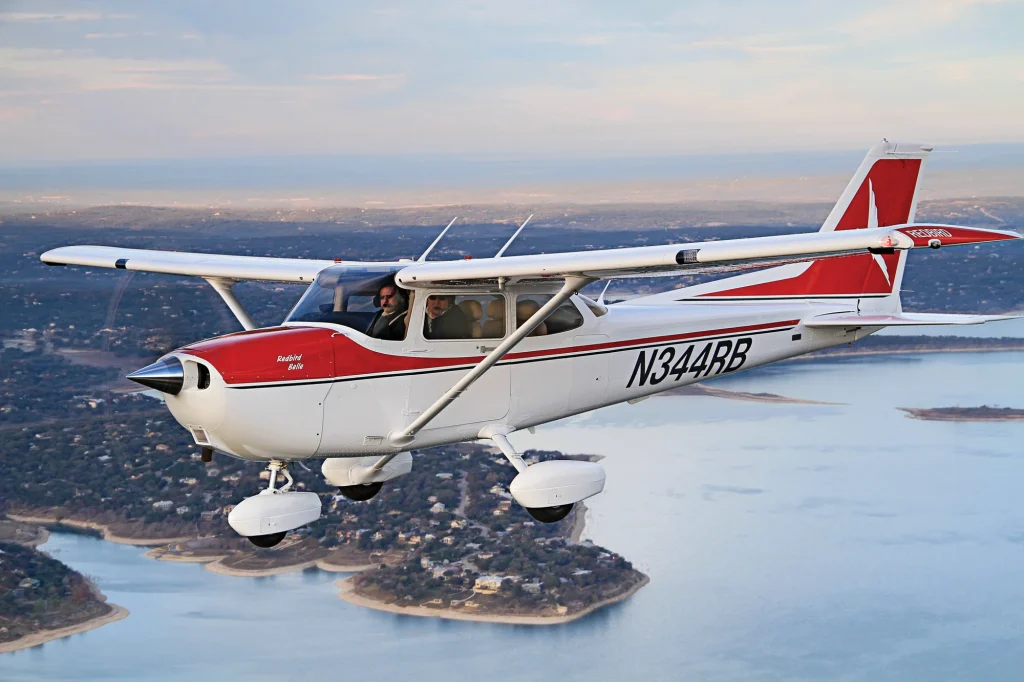
Welcome to this week’s edition of “Clearance to Fly.” The dream of aircraft ownership is one that captivates many aviation enthusiasts. While owning your own plane might seem financially out of reach, it’s actually more attainable than you might think. The key is understanding what you can truly afford and making smart financial decisions that align with your flying goals.
Understanding Your Aircraft Needs
Before diving into numbers, it’s essential to clarify exactly what you need from an aircraft. Are you looking for something for weekend adventures, or do you need transportation for business purposes? The intended use will significantly impact what type of aircraft makes sense for your situation.
Personal use typically requires less complex aircraft with lower operating costs, while business needs might demand greater range, passenger capacity, or cargo space. Consider how far you’ll typically fly, how many passengers you’ll carry, and what kind of airports you’ll be using.
Types of Aircraft Within Reach
Single-Engine Aircraft
For most first-time buyers, single-engine aircraft represent the most accessible entry point. These aircraft are typically easier to fly, less expensive to maintain, and provide a solid platform for both learning and enjoyment.
Popular options like the Cessna 172 have stood the test of time for good reason, they’re reliable, straightforward to operate, and have a well-established support network. Single-engine aircraft can typically carry four passengers and some cargo, making them versatile for both personal and light business use.
Multi-Engine Aircraft
If your needs include more capacity, speed, or redundancy, multi-engine aircraft might be worth considering. These planes offer additional performance capabilities but come with higher operational costs and more complex training requirements. Oh, If you are constantly flying extended over water operations, that second engine can mean a lot!
A classic option like the Cessna 340 provides cabin-class seating with air-stair entry, cruising speeds around 190 knots, and higher altitude capabilities. These features come at a price, both in purchase cost and ongoing expenses.
The Real Cost of Ownership
Aircraft ownership extends well beyond the purchase price. When calculating affordability, consider these major expenses:
Purchase Price and Financing
Used single-engine aircraft can start around $50,000, with newer models or those with updated avionics ranging from $200,000 to $500,000 or more. Multi-engine aircraft typically start higher, with even used models commanding $200,000-$500,000+.
Most aircraft lenders categorize loans based on amount:
- $50,000-$100,000: Expect 20% down with 15-year amortization
- $100,000+: Typically 15% down with 20-year amortization
- $1,000,000+: Terms become more negotiable, but follow the “Thirty-Year Rule” (aircraft age plus amortization should not exceed 30 years)
Insurance Costs
Insurance represents a significant annual expense that varies widely based on your experience, age, and the aircraft you’re flying. This is an area where costs can surprise unprepared owners.
For example, Insurance for a small aircraft will cost around $2,000 – $3,500 per year, but a lot depends on the coverages selected, aircraft type, pilot qualifications, and age.
Maintenance and Operating Costs
Regular maintenance, inspections, hangar fees, and fuel will form the backbone of your ongoing expenses. For planning purposes, expect annual operating costs to be at least 10-15% of the aircraft’s value.
Even seemingly minor maintenance items can be costly. Replacing blown tires might cost $2,000-$3,000, and engine overhauls can run into six figures for larger, multiengine aircraft.
Financial Planning Reality Check
Before approaching a lender, take a hard look at your finances. Most aviation lenders will require:
- Two or more years of financial records
- A debt-to-income ratio (DTI) below 45% after factoring in the aircraft
- Proof you can handle both the loan payments and ongoing operating costs
Your credit score matters, but contrary to popular belief, it’s not the primary determinant for aviation loans. Most aircraft buyers already have strong credit profiles, so lenders focus more on your overall financial picture and the specific aircraft being purchased. The minimum credit score is around the 680 mark to get competitive finance offers in the piston world.
Using Financial Tools for Planning
Rather than guessing about affordability, use specialized tools designed for aircraft buyers. The FLYING Finance Annual Planning Tool helps you calculate real ownership costs and determine what aircraft truly fits your financial situation.
This tool factors in all the variables that affect affordability, from financing terms to insurance costs to expected maintenance, giving you a comprehensive view of your aviation budget.
Taking the Next Step
Aircraft ownership is within reach for many pilots, but requires careful planning and realistic expectations. Start by understanding your true financial position, determining what type of aircraft meets your needs, and using proper planning tools to confirm your budget. Reach out to us at FLYING Finance, and we would be happy to go over your financials and let you know what aircraft payment you can afford.
Remember that the goal isn’t just to purchase an aircraft, it’s to enjoy ownership without financial strain. By taking a methodical approach to aircraft affordability, you’ll be better positioned to find the right plane at the right price for your situation.

Keller Laseter, Chief Commercial Officer, FLYING Finance
Bringing over 10 years of aviation experience and multiple years in finance, Keller Laseter combines both of those skills to be FLYING Finance’s CCO. His leading knowledge in all categories and classes of fixed wing aircraft helps guide you through the finance process with ease and will leave you knowing you’re in great hands. Keller holds type ratings in the Beechjet 400A/XP/NXT, Embraer E-175 and has many hours in King Airs, along with other high-performance aircraft. Throughout his career, he’s had the opportunity to enjoy the world of aviation and many different operations. As an ATP, CFI, and CFII, aviation is in his blood.


